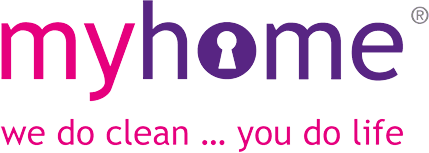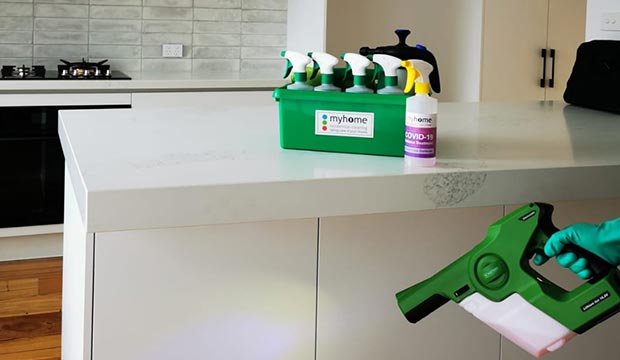Blog Window Cleaning: How does Reverse Osmosis Really Work? - MyHome
Window Cleaning: How does Reverse Osmosis Really Work?
Posted on Wednesday, March 1st, 2017
If you’ve ever tried to clean your own windows, only to be left with nasty streaks and marks when the water dries, you’ll have seen the effects that water impurity can have.
Even using a high-quality cleaning agent or detergent can’t eliminate this frustrating phenomenon, as the problem lies in the natural properties of the water itself. And if you live in a hard water area, the effects can be exaggerated to the point where it doesn’t look like you’ve cleaned your windows at all!
So what is the solution, and how can a professional window cleaner bring back the high-gloss, show-home condition of your windows?
The answer lies in a process called reverse osmosis, commonly referred to as “RO”. The science behind reverse osmosis is a little complex, but here is a basic overview:
Reverse osmosis uses pressure to drive water through a “semipermeable membrane” (effectively a film which allows water but not other particles) to pass through. This might sound a little like filtration, which is another common way to “purify” water, but there is a difference.
In filtration, the effectiveness of the purification depends on the size of whatever is dissolved in the water. In other words, the filter stops “bigger” things (like some kinds of dirt and impurities) and allows smaller things to pass through. It’s a lot like using a sieve.
Reverse osmosis, or RO, works at a molecular level to prevent impurities from passing through the membrane, resulting in a far purer water..
And purer water means that your windows get back their original lustre and shine, restoring the true beauty of your home.
But greater cleaning power is not the only benefit of reverse osmosis.
Imagine using untreated tap water to clean the windows in your home. As the water runs away (into your flower beds, onto your lawn) it carries with it a whole army of chemicals which have been added at various stages, including :
- Liquified chlorine
- Fluorosilicic acid
- Aluminium sulphate
- Calcium hydroxide
- Sodium silicofluoride
Plus, depending on the area of the country in which you live, your water may contain other contaminants including:
- Chlorine
- Fluorine compounds
- Trihalomethanes (THMs)
- Hormones
- Nitrates
- Pesticides
- Salts of:
- arsenic
- radium
- aluminium
- copper
- lead
- mercury
- cadmium
- barium
Reverse osmosis is an effective way of removing these compounds and ensuring that only pure water is used to clean your windows, and return to the soil once it has been used.
In short, reverse osmosis produces water that is both more effective at cleaning the windows in your home, and more environmentally friendly after the job is done.
MyHome’s professional window cleaners use reverse osmosis treated water to ensure that our customers see the most impressive results without damaging the environment.
Filed under: Window Cleaning




